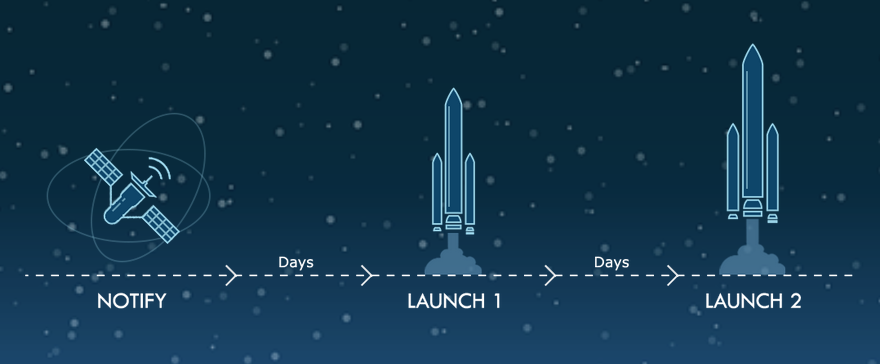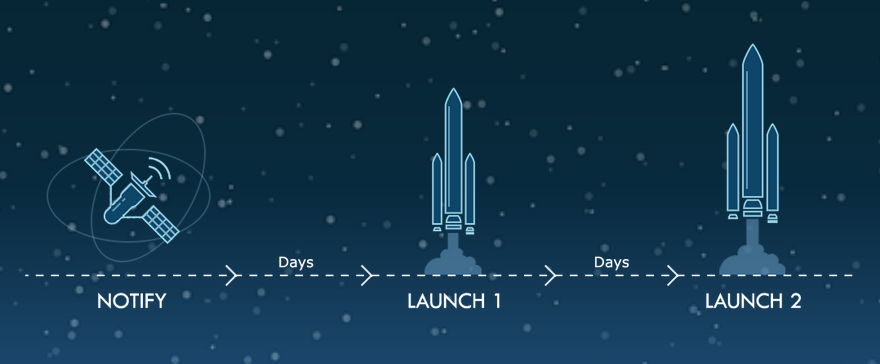Getting to space is already tough, but getting there on short notice and then doing it again a couple weeks later? That’s a big ask. Nevertheless, DARPA is asking it as part of its Launch Challenge, announced today at the 34th Space Symposium in Colorado. Teams must take a payload to space with only days to prepare, then do it again soon after — if they want to win the $10M grand prize.
The idea is to nurture small space companies under what DARPA envisions as the future of launch conditions in both commercial and military situations. The ability to adapt to rapidly changing circumstances or fail gracefully if not will be critical in the launch ecosystem of the near future.
Here’s how it will go down. First, teams will have to pre-qualify to show they have the chops to execute this kind of task via a written explanation of their capabilities and the acquisition of a license to launch. Qualifying teams will be rewarded with $400,000 each.
Once a set of teams is established (applications close in December), DARPA will bide its time… and then spring the launches on them sometime in the second half of 2019.
How big is the payload? Does it need to be powered? Cooled? Does it need or provide data? All this will be a mystery until mere weeks before launch. For comparison, most launches are planned for years and only finalized months before the day. DARPA will, however, provide an “example orbit” earlier in 2019 so you have a general idea of what to expect.
 Teams won’t even know where they’re launching from until just before. “Competitors should assume any current or future FAA-licensed spaceport may be used. Launch site services are planned to be austere — primarily a concrete pad with bolt-down fixtures and generator or shore power.” Basically, be ready to rough it.
Teams won’t even know where they’re launching from until just before. “Competitors should assume any current or future FAA-licensed spaceport may be used. Launch site services are planned to be austere — primarily a concrete pad with bolt-down fixtures and generator or shore power.” Basically, be ready to rough it.
Any team that successfully inserts the payload to the correct low-earth orbit will receive $2 million. But they won’t be able to rest on their laurels: the next launch, with similarly mysterious conditions, will take place within two weeks of the first.
Teams that get their second payload into orbit correctly qualify for the grand prize — they’ll be ranked by “mass, time, and accuracy.” First place takes home $10M, second place $9M, and third place $8M. Not bad.
More information will be available come May 23, when DARPA will host a meeting and Q&A. In the meantime, you can read the contest rules summary here (PDF), and if you happen to be a rocket scientist or the head of a commercial space outfit, you can register for the challenge here.


